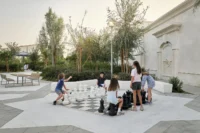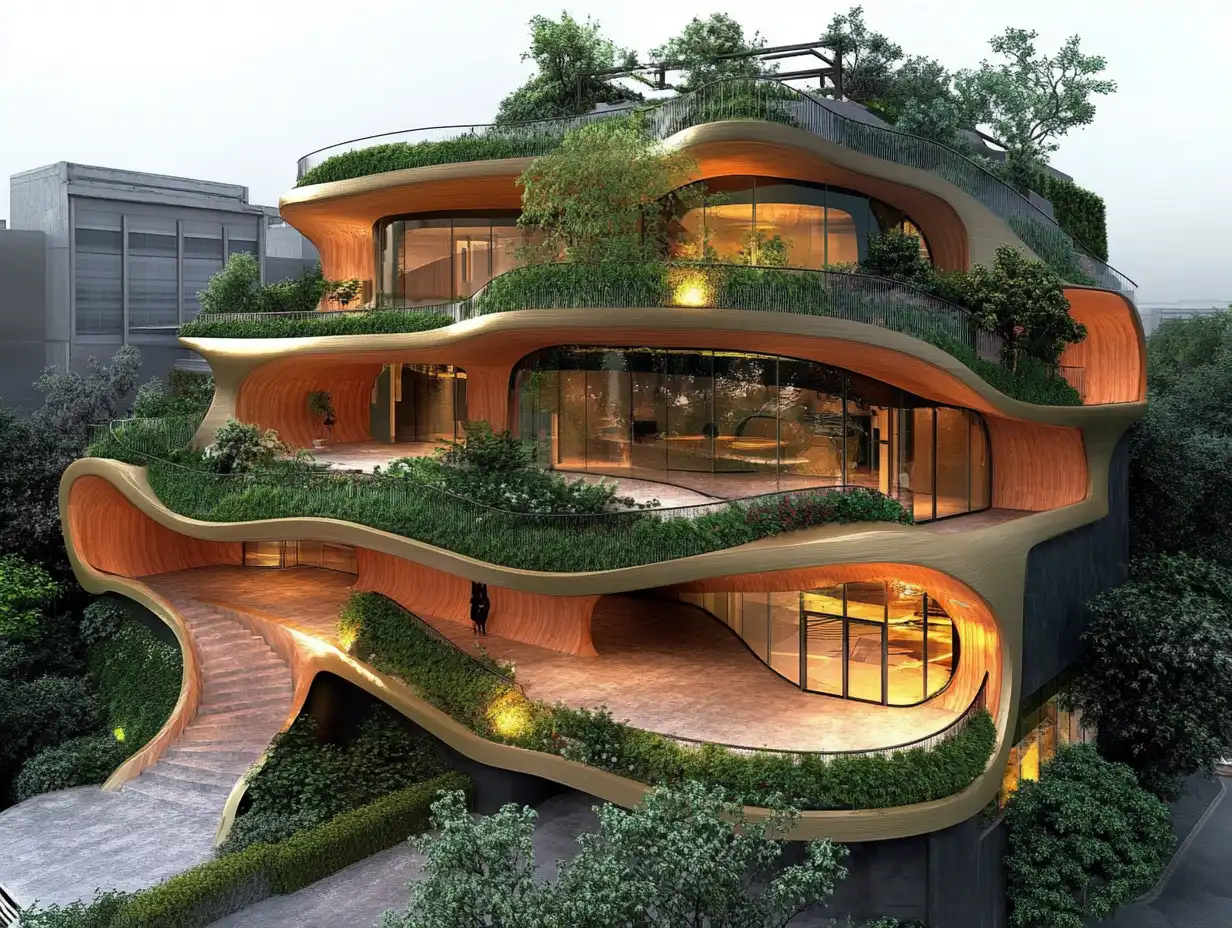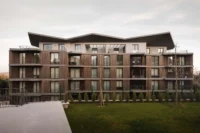Danish design studio SLA has completed one of the largest urban greening projects in the United Arab Emirates with the creation of 104 new neighbourhood parks across Abu Dhabi. Delivered in close collaboration with the Abu Dhabi Department of Municipalities and Transport, the project transforms 740,000 m² of previously barren urban land into vibrant, climate-adaptive, and socially inclusive green spaces. Its design prioritizes health, biodiversity, and the everyday quality of life for Abu Dhabi’s residents, setting a benchmark for large-scale, nature-based urban infrastructure in the region.

Context and Vision
The parks are distributed across multiple neighbourhoods, including Khalifa City, Al Ain, Shakhbout, and MBZ, addressing the city’s urgent need for accessible public green spaces. Abu Dhabi’s hot, arid climate often limits outdoor activity, posing challenges to physical activity, social interaction, and community wellbeing. SLA’s approach was to design cool, shaded, and engaging environments, where people can gather, play, exercise, and experience nature close to home. According to Rasmus Astrup, Design Principal and Partner at SLA: “We have seen from the recent record-high temperatures that Abu Dhabi’s climate can make it difficult for people to be active and socialize outdoors. Our 104 parks are designed to change that – by creating green spaces that are functional, accessible, and enjoyable year-round.”

Design Approach
Each park is tailored to its local context, taking into account the surrounding ecosystem, community requirements, and social habits. The designs incorporate native trees and drought-resistant plant species, reducing the need for irrigation while creating a cooling, lush environment. Public amenities include football pitches, dog parks, picnic areas, multi-use sports courts, exercise zones, and playgrounds, providing opportunities for residents of all ages and abilities. The spatial layout ensures clear visual and physical connectivity, enabling visitors to engage with both nature and fellow community members.
To create resilient and sustainable landscapes, SLA employed advanced soil engineering and planting techniques. These strategies maximize water retention, promote biodiversity, and ensure that each park thrives under harsh climatic conditions while requiring minimal maintenance. Over 22,500 new trees were planted across the 104 sites, resulting in a 500% increase in local biodiversity. These green spaces also serve as microclimate regulators, helping to cool neighbourhoods, manage stormwater, and reduce carbon emissions.

Innovation and Technology
At the heart of the project is SLA’s proprietary SLIM (SLA Landscape Information Modelling) tool, which integrates digital modelling with ecological, social, and climatological data. SLIM enables the design team—comprising landscape designers, ecologists, anthropologists, and planting specialists—to optimize each park’s layout, vegetation, and functionality. The system allows for a site-specific, data-driven approach that balances ecological performance, human comfort, and aesthetic quality.
This methodology ensures that every park is not only visually appealing but also highly functional, supporting everyday life and long-term urban resilience. “This is not a ‘starchitect’ project,” emphasizes Astrup. “It’s about everyday life – about making real, tangible improvements to how people live in their neighbourhoods. We’ve worked closely with local communities and used advanced design tools to deliver parks that are both beautiful and deeply functional.”

Social and Environmental Impact
The project includes a wide range of park types, from 1,600 m² pocket parks to 20,000 m² adventure parks, providing a scalable model for green infrastructure in dense urban contexts. Beyond recreational value, the parks serve as public health infrastructure, biodiversity engines, and social meeting places. They introduce multi-sensory experiences where residents can see, hear, and feel the benefits of interacting with nature, while supporting local ecosystems and enhancing the resilience of the urban environment.
By integrating technology, community input, and ecological intelligence, SLA has demonstrated how large-scale urban greening can simultaneously address climate adaptation, social inclusion, and biodiversity enhancement. The 104 neighbourhood parks exemplify a people-first, nature-based approach to urban design, redefining what public space can offer in Abu Dhabi and providing a replicable model for sustainable city planning in arid regions.

Conclusion
Through careful attention to context, ecology, and human experience, SLA has transformed Abu Dhabi’s urban landscape, delivering 104 parks that are vibrant, resilient, and deeply connected to the community. These spaces demonstrate the potential of design to improve health, foster social interaction, and restore biodiversity, proving that sustainable urban infrastructure can be both functional and beautiful.
Photography: Jon Wallis
- Abu Dhabi urban parks
- Adventure parks Abu Dhabi
- Al Ain parks
- Climate-adaptive parks
- Community-focused design
- Drought-resistant planting
- Khalifa City parks
- Large-scale urban landscape projects
- MBZ parks
- Multi-use urban parks
- Nature-based design
- Neighbourhood green spaces
- Pocket parks UAE
- public space design
- Shakhbout neighbourhood parks
- SLA architecture
- SLIM landscape modelling
- sustainable landscape architecture
- Urban biodiversity UAE
- Urban greening UAE
























































Leave a comment